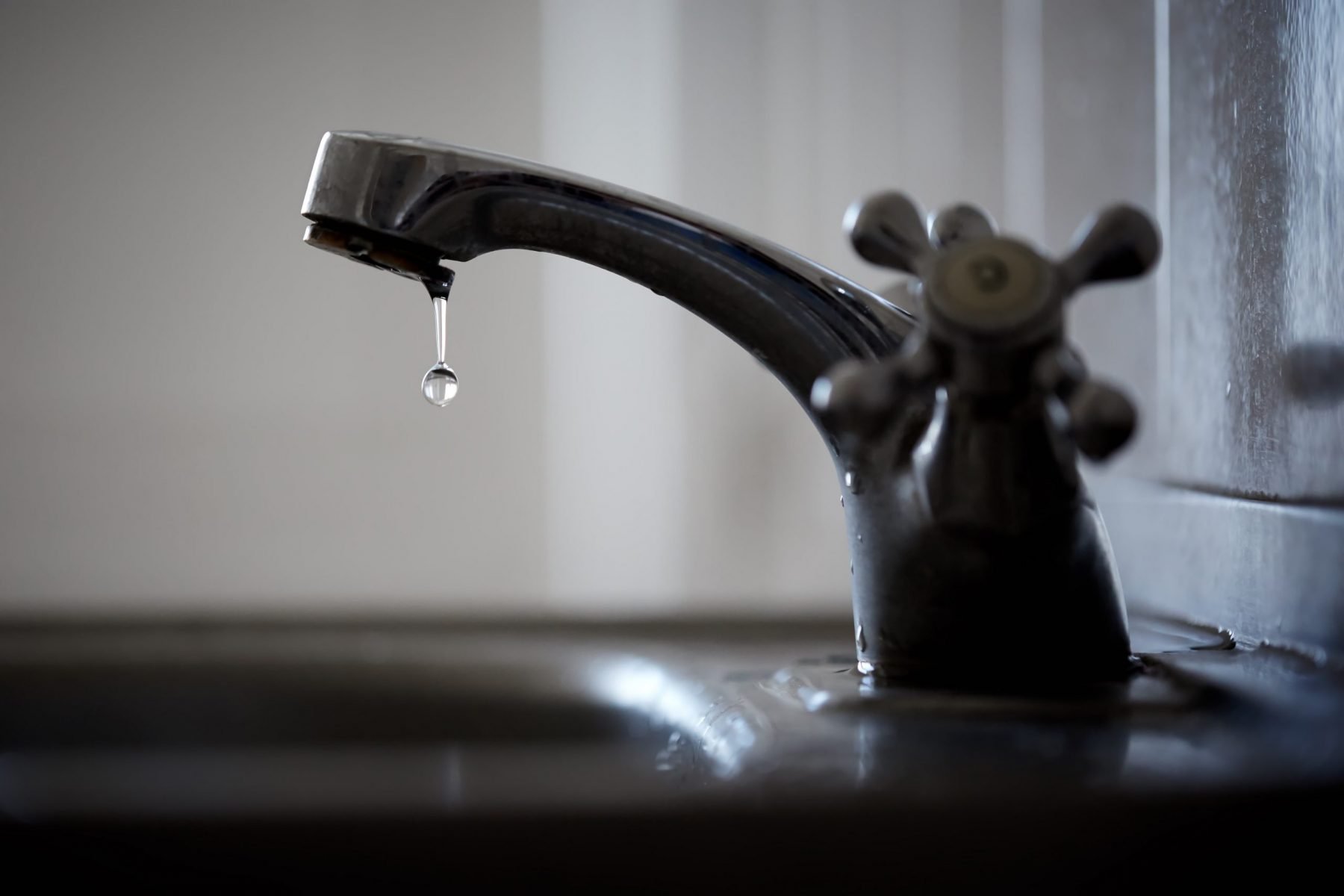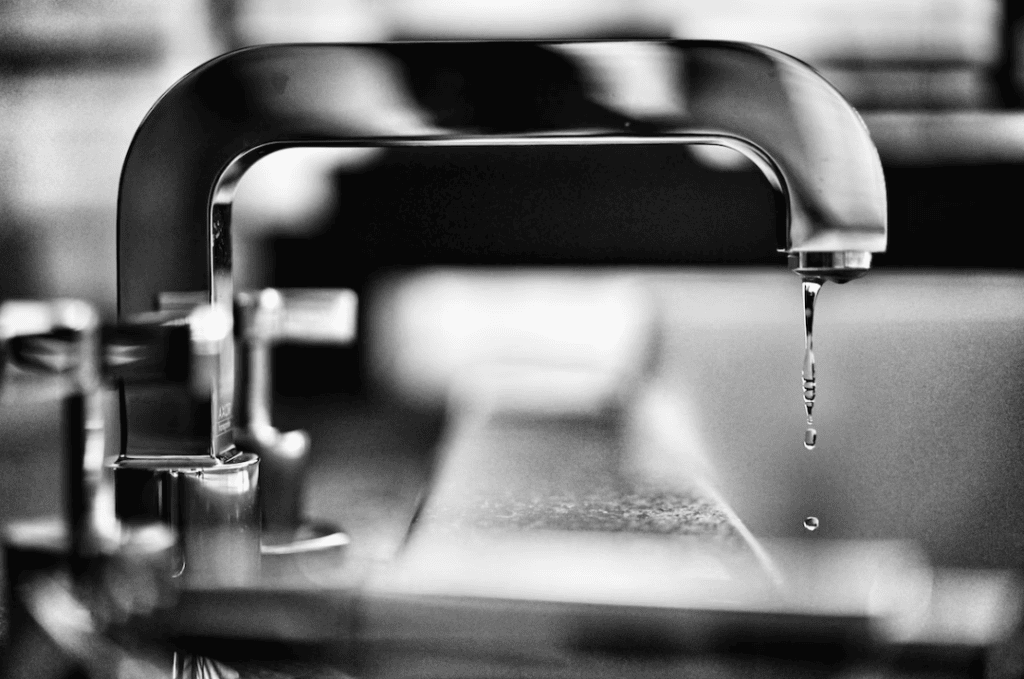Uncovering the Effects of Ongoing Dripping
Uncovering the Effects of Ongoing Dripping
Blog Article
Have you been interested in help concerning Causes and Consequences of a Leaky Faucet?

Introduction
A leaky tap may feel like a minor nuisance, yet its effects expand much past the periodic drip. Recognizing the results of a leaking tap is important for both home owners and the setting. In this short article, we'll check out the different impacts of this typical home issue and why addressing it promptly is necessary.
Sources Of Leaky Faucets
Dripping taps can result from a range of elements, including damage, high water stress, and rust. Over time, the consistent use faucets can lead to damaged seals and gaskets, triggering leaks to create. Additionally, extreme water pressure can put pressure on plumbing fixtures, bring about leakages. Rust and corrosion can also deteriorate faucet elements, making them susceptible to leak.
Water Wastefulness
Among one of the most considerable repercussions of a leaky tap is water wastage. Even a tiny drip can amount to gallons of drainage gradually. This not only drives up water bills yet likewise contributes to water shortage and environmental deterioration. Dealing with leaky taps immediately is critical for preserving this priceless source and lessening its effect on the world.
Financial Influence
Along with wasting water, leaking taps can also have a substantial financial effect. Boosted water costs are a direct effect of water wastefulness, costing home owners hundreds of dollars every year. In addition, the expense of repairing water damages caused by leaks can be substantial, specifically if left neglected for a prolonged period.
Ecological Effect
The environmental influence of dripping taps expands beyond water wastefulness. By conserving water, home owners can contribute to wider initiatives to minimize water deficiency and shield natural communities. Sustainable choices such as rainwater harvesting and water-efficient components can even more reduce the environmental impact of household water use.
Technological Solutions
Developments in innovation have led to the growth of smart faucets and water-saving gadgets that help reduce water wastage. Smart taps utilize sensors to detect activity and readjust water flow appropriately, reducing waste without compromising benefit. Water-saving gadgets such as aerators and low-flow showerheads are likewise effective in conserving water without compromising efficiency.
Worldwide Point of views
While leaking taps may seem like a localized concern, they add to more comprehensive global difficulties such as water shortage and environment adjustment. In areas currently encountering water stress, every decrease counts, making leakage avoidance and repair work important. By adopting water-saving techniques and investing in lasting innovations, home owners can play their part in addressing these pressing international issues.
Regulatory Procedures
Government policies play a vital duty in reducing the impact of leaky faucets and promoting water conservation. From developing codes that call for water-efficient fixtures to water-saving motivations and discounts, policymakers have a series of devices at their disposal. By applying and enforcing these laws, governments can make sure that property owners focus on water conservation in their day-to-days live.
Neighborhood Influence
Dealing with leaky faucets calls for cumulative efforts at the neighborhood degree. By increasing understanding about the significance of water preservation and offering resources for leak detection and repair service, neighborhood authorities can empower house owners to do something about it. Initiatives such as water-saving refund programs and leak detection campaigns can incentivize actions adjustment and promote responsible water use.
Instance Researches
Real-life instances of the impact of leaky taps underscore the importance of aggressive upkeep and prompt fixings. From water damages to escalating water bills, the consequences of overlooking leaks can be serious. By sharing these study, homeowners can better understand the importance of attending to dripping taps without delay.
Educational Campaigns
Educational projects play an important function in increasing recognition concerning the results of leaky faucets and advertising water preservation techniques. Via workshops, workshops, and on the internet resources, home owners can learn just how to identify and repair leaks themselves. By empowering individuals with understanding and devices, educational campaigns can cultivate a society of liable water use within neighborhoods.
Health and wellness Worries
Leaking faucets can produce conducive atmospheres for mold and mildew and mildew development, posing wellness risks to owners. The visibility of mold and mildew can intensify breathing issues and allergies, specifically in susceptible people. Furthermore, water damage resulting from leaks can compromise the structural honesty of structures and lead to pricey repair work.
DIY vs. Expert Fixing
When faced with a leaky tap, homeowners typically debate whether to attempt repairs themselves or hire a professional plumber. While DIY repair services can save money, they may not always address the underlying problem successfully. Expert plumbing professionals have the proficiency and tools to identify and repair leaks appropriately, making sure long-term remedies and peace of mind for homeowners.
Safety nets
Protecting against leaky taps requires routine upkeep and proactive actions. Basic jobs such as replacing damaged washers and seals can stop leakages from establishing. Additionally, updating to high-quality components and minimizing water pressure can help lengthen the life-span of faucets and decrease the danger of leakages.
Conclusion
Finally, the effects of a leaking tap extend much past the occasional drip. From water wastefulness and enhanced water bills to health and wellness worries and environmental effect, the consequences of neglecting leakages can be significant. By dealing with leaky taps immediately and embracing water-saving practices, property owners can reduce these effects and contribute to a more sustainable future.
Why You Shouldn’t Ignore a Leaky Faucet in Your Home
What Causes a Leaky Faucet?
Various factors can cause a leak, from loose and worn-out parts to corrosion. Your faucet has four essential components from which most plumbing issues will stem: the O-ring, the valve seat, the washer and the gasket.
What Is an O-Ring?
The O-ring is a stem screw that fastens parts of the faucet in place, preventing water from leaking out of the spout. Depending on your faucet type, the stem might have multiple O-rings. Water will drip from the faucet’s handles and base if this part breaks or deteriorates.
What Is a Valve Seat?
The valve seat controls the flow and temperature of the water. Found at the base of the handle, it works as a seal for the faucet’s stem. The valve seat ensures the water is allowed to flow or is blocked as the handles dictate. You’ll know it’s malfunctioning when water leaks from your faucet’s sides.
What Is a Gasket?
The gasket is found between the water inlet and the valve stem. It creates a seal between the faucet and the sink, holding its joints by aerators attached to the stem’s head. Water will trickle out from the base if the gasket isn’t working.
What Is a Washer?
The washer secures the handles and prevents leakage, serving a similar purpose to the O-ring. While the O-ring is ordinarily round and made from an elastic material, such as rubber, the washer is square-shaped and composed of brass, copper and other hard metals. If it malfunctions, corrodes or has been improperly installed, water will leak out of the handles, causing that incessant faucet drip.
Why Is a Leaky Faucet Dangerous?
A leaky faucet left alone for too long can have significant consequences.
Pest Infestations
Since bugs and rodents gravitate towards the scent of water, a leaky faucet will draw pests to your sink. Both are looking for leaks accessible through crawl spaces, which a faucet provides. If you leave water dripping for too long, you run the risk of an infestation.
Rust
If one of the faucet parts has started to corrode, the resulting rust can spread to your pipes and valves with startling speed. The rust might even lead to cracks or other impairments, resulting in more severe plumbing issues.
Your sink could also sustain damage from a leaky faucet. The water in your tap possesses sparse elements of calcium and iron that can stain your sink with repeated and prolonged exposure. Once those elements in the water have been open to the air for some time, your sink will start to rust, creating marks that can be difficult to remove.
https://www.tomsmechanical.com/blog/why-you-shouldnt-ignore-a-leaky-faucet-in-your-home

We were guided to that article about Causes and Consequences of a Leaky Faucet through an associate on another web property. Don't hesitate to pause to share this post if you liked it. Thanks for being here. Return soon.
Report this page